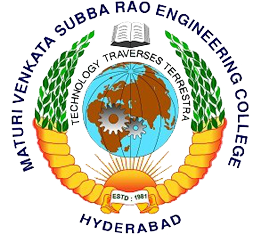WITH EFFECT FROM THE ACADEMIC YEAR 2011 - 2012
CE 271
FLUID DYNAMICS
Instruction 4 Periods per week
Duration of University Examination 3 Hours
University Examination 75 Marks
Sessional 25 Marks
UNIT-I
Properties of fluids: Definition of fluid and concept of continuum. Fluid properties; pressure, density, specific weight, specific volume, dynamic and kinematic viscosity. Classification of fluids; ideal and real fluids.
Fluid Kinematics: General concepts of path lines, stream lines, streak lines and stream tubes. Classification of fluid flow; steady and unsteady, uniform and non-uniform, laminar and turbulent, rotational and irrotational, one-, two-and three-dimensional flows. Definition and properties of stream function and velocity potential function, and use of flow nets.
UNIT-II
Fluid Dynamics: Energy of a fluid body, potential energy and potential head, pressure energy and pressure head, kinetic energy and kinetic head, energy equation. Derivation of Euler’s and Bernoullis’ equations, and their applications. Impulse momentum equation and its applications.
UNIT-III
Measurement of Fluid Flows: Measurement of pressure, and use of pressure measuring devices such as manometers, Bourdon’s pressure gauge and transducers. Measurement of velocity, and use of velocity measuring devices such as pitot tube and hot wire anemometer. Measurement of discharge, and use of discharge measuring devices such as venturimeter, orifice meter and rotameter; derivation of relevant formulae. Discharge formulae for weirs and notches.
UNIT-IV
Laminar and Turbulent Flow through Pipes: Distinction between laminar and turbulent flows; Reynold’s number and its significance. Upper and lower
critical values of Reynold’s numbers for flow in pipes. Development of laminar and turbulent flow in circular pipes. Hagen-Poiseuille equation; frictional losses in pipes. Darcy’s equation. Estimation of Darcy’s friction factor. Empirical formulae and Moody’s chart.
Boundary Layer Theory: Development of laminar and turbulent boundary layers on a flat plate, pressure gradient, and phenomenon of separation. Fluid flow over an aerofoil, flow around a cylinder at rest, rotational flow around a cylinder at rest, lift and drag forces, and coefficients; circulation and Magnus effect.
UNIT-V
Compressible fluid flow: Concepts of compressible flow, continuity, momentum and energy equation of compressible flow. Velocity of sound in compressible and incompressible fluids. Mach Number. Classification of compressible flow; adiabatic flow in perfect gas, stagnation pressure and temperature. Temperature, pressure, density ratios as functions of Mach number.
Suggested Reading
- 1.K. L. Kumar, Engineering Fluid Mechanics. Eurasia Publishing House, 1997.
- 2.R. K. Rajput, Fluid Mechanics and Hydraulic Machines, S. Chand & Co., 2003.
- 3.P. N. Modi and S. M. Seth, Hydraulic and Fluid Mechanics, Standard Book House, Delhi, 1995.
- 4.V. L. Streeter, Fluid Mechanics. McGraw-Hill Co. Ltd.,



